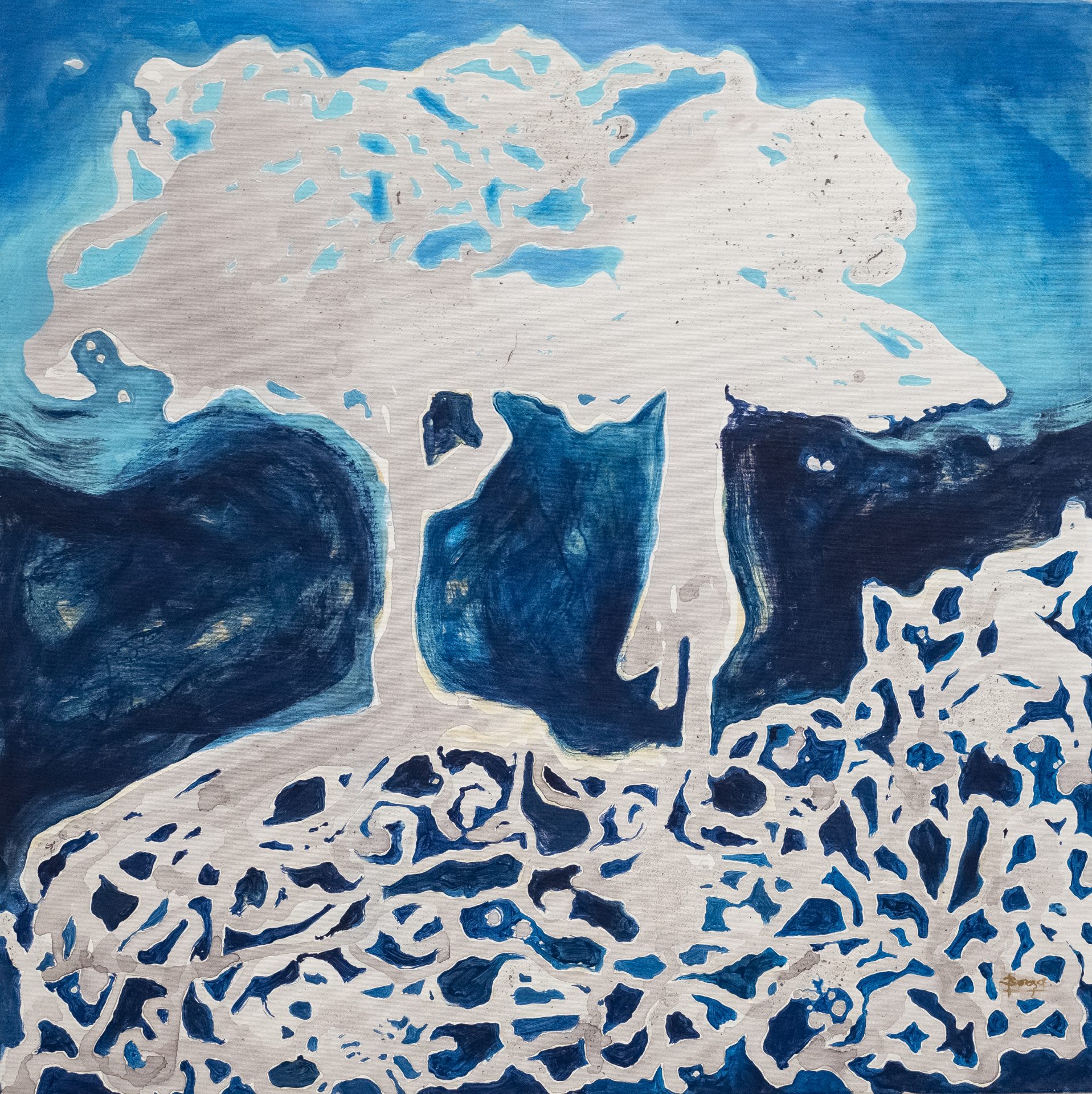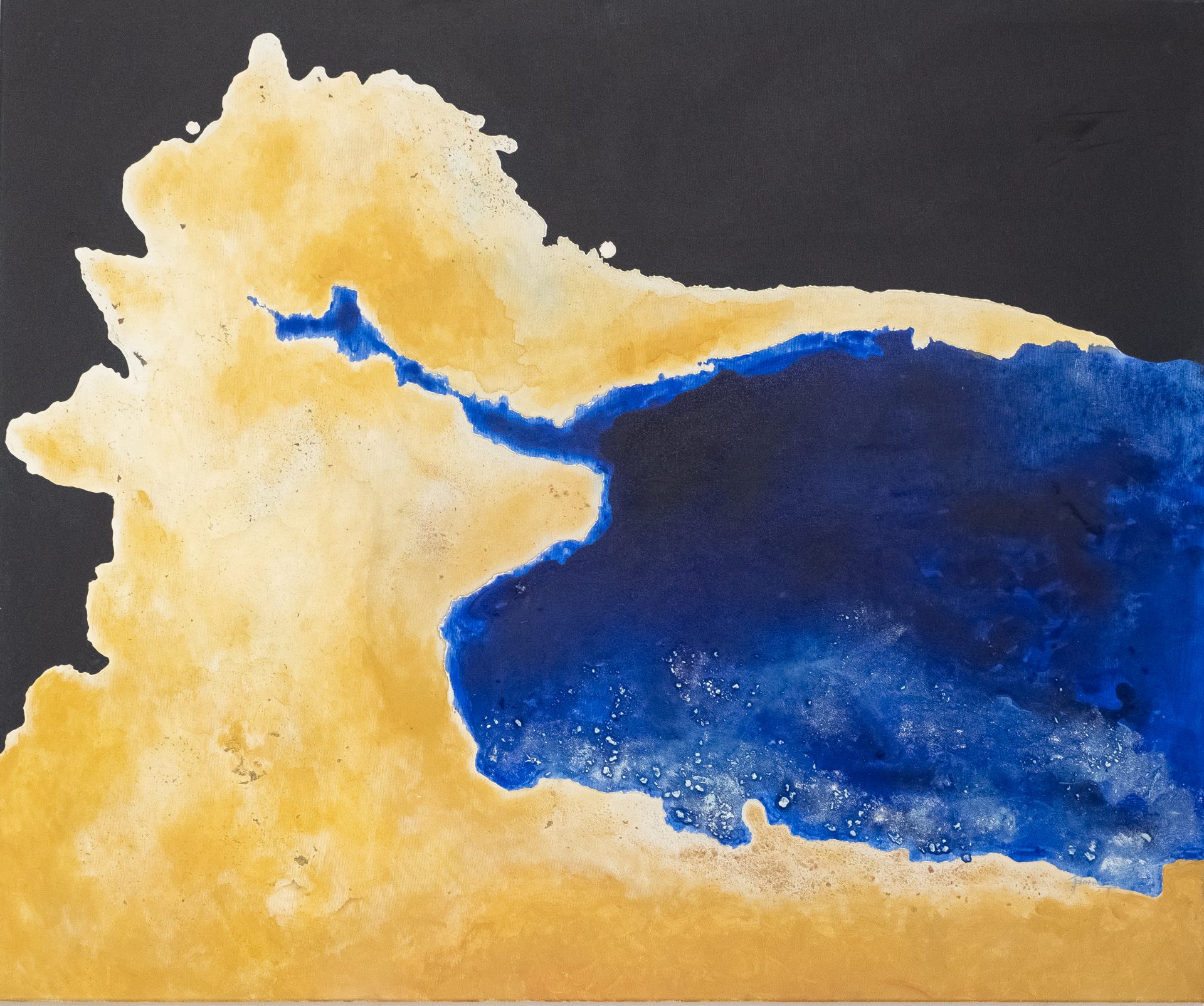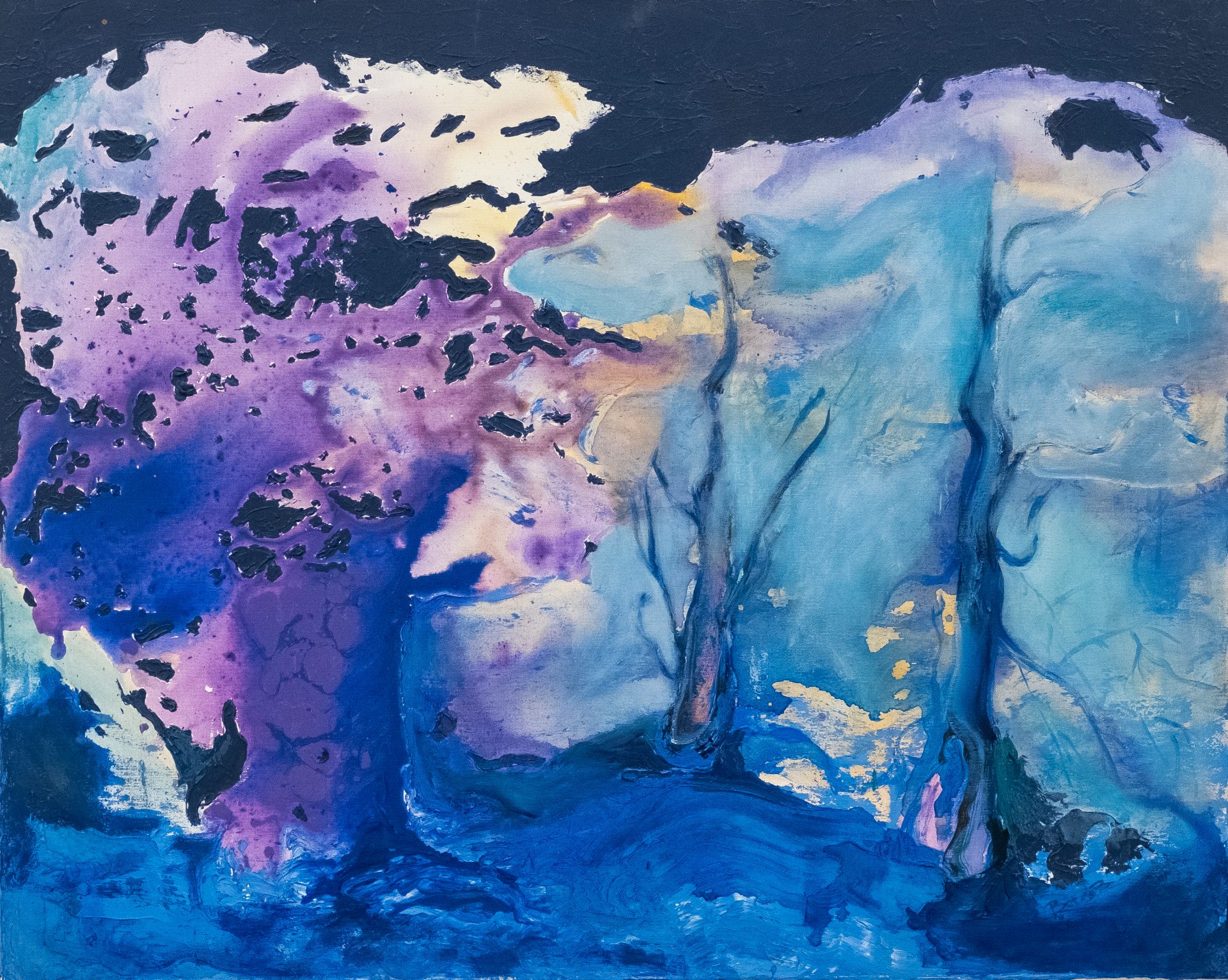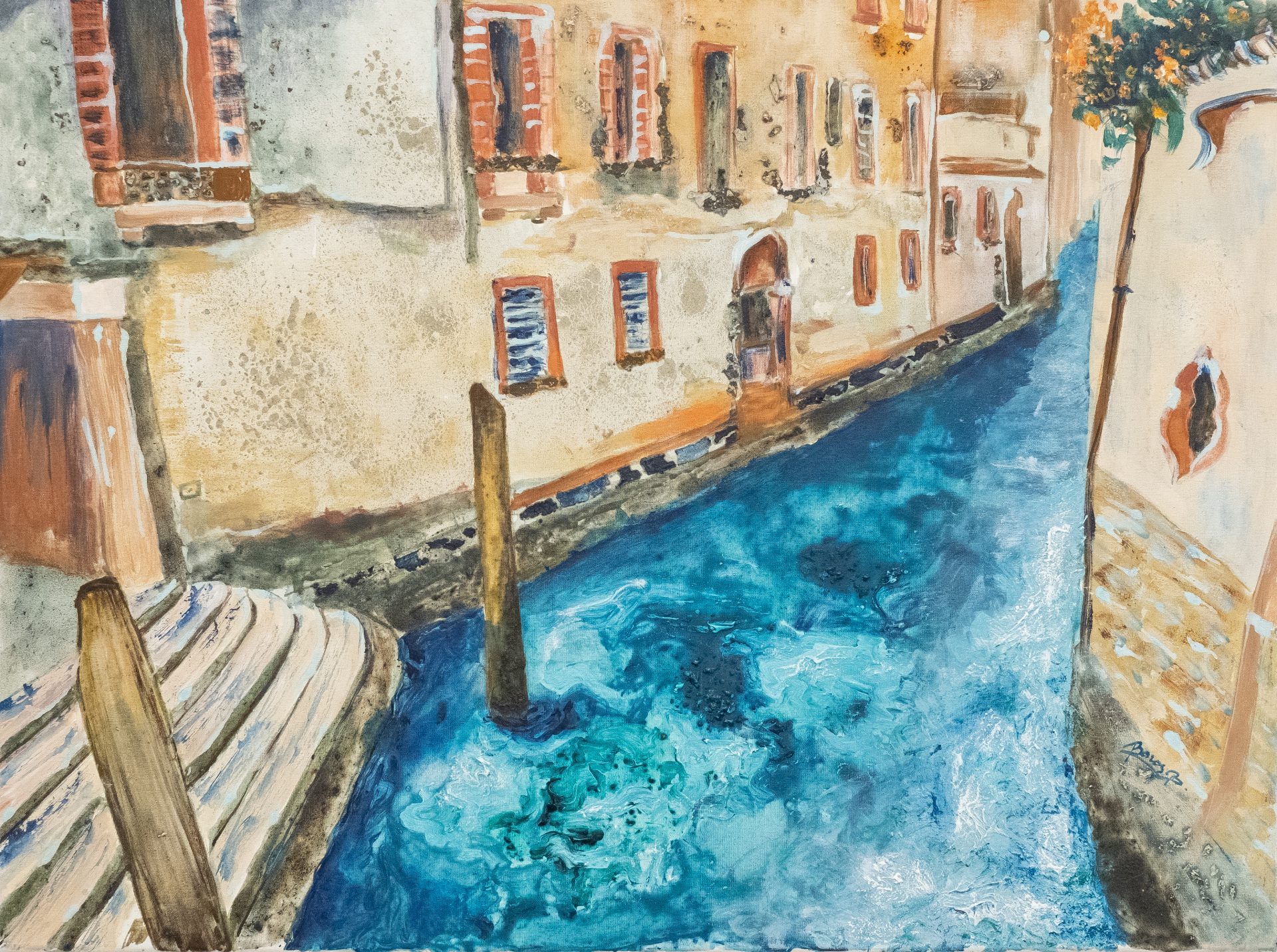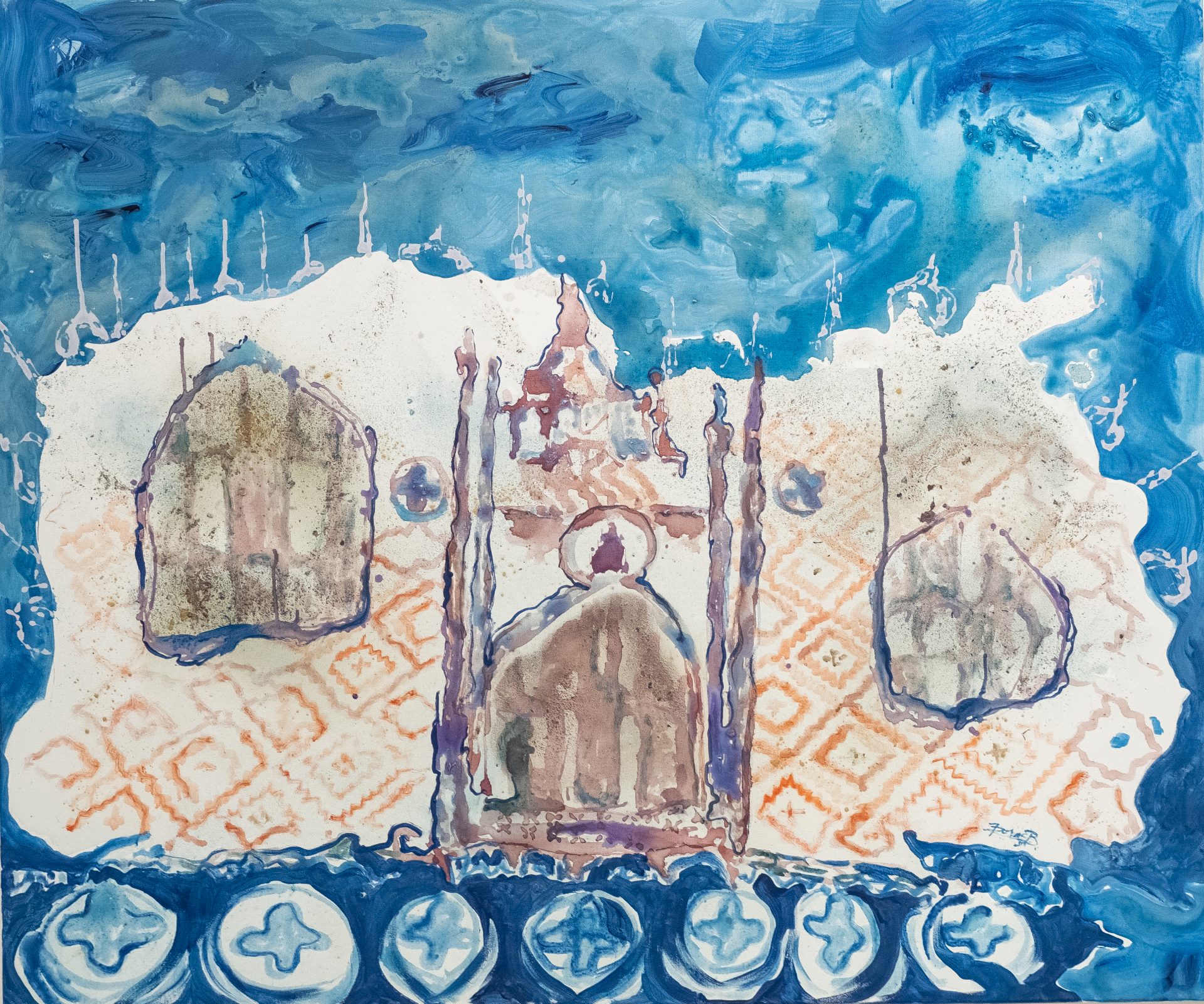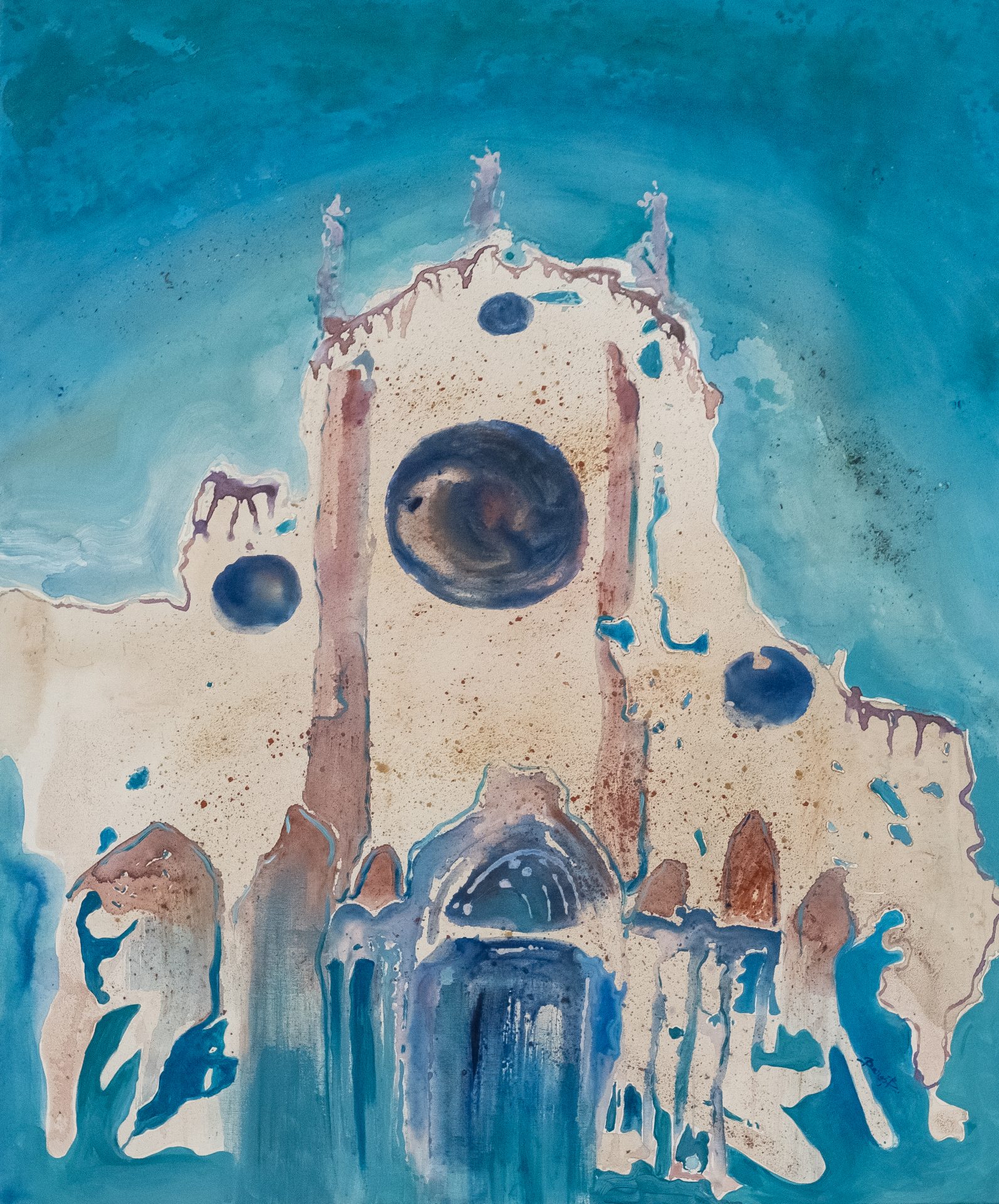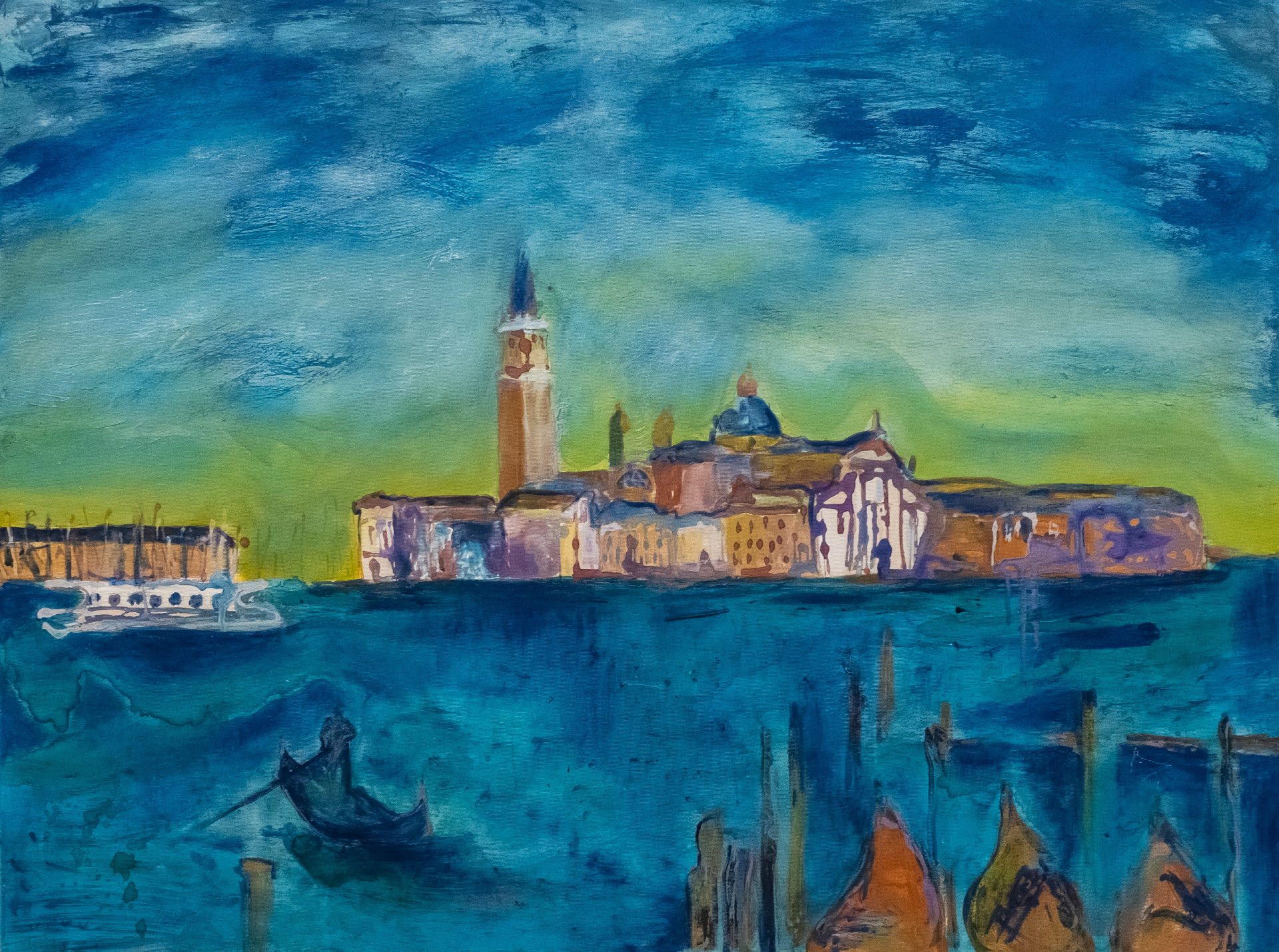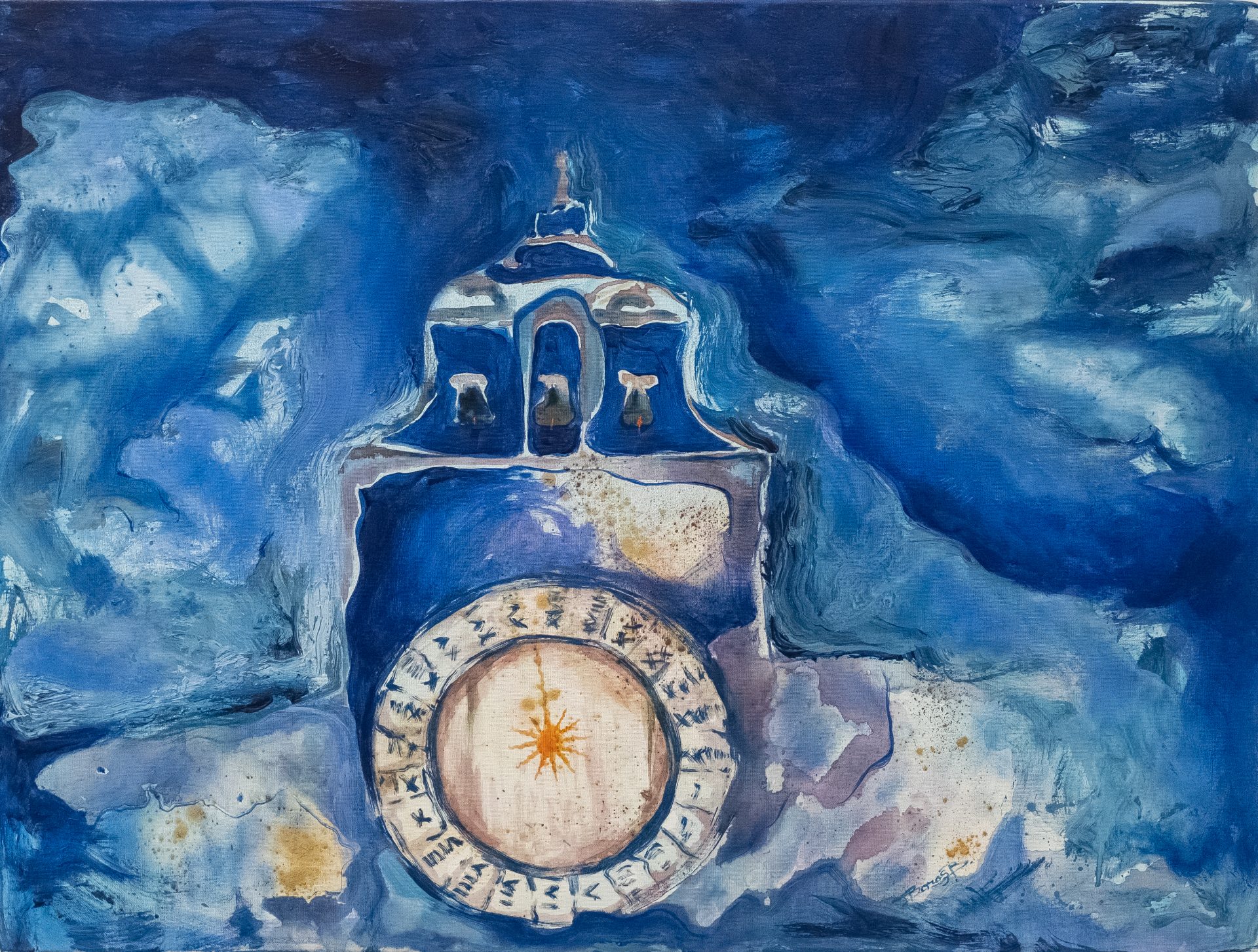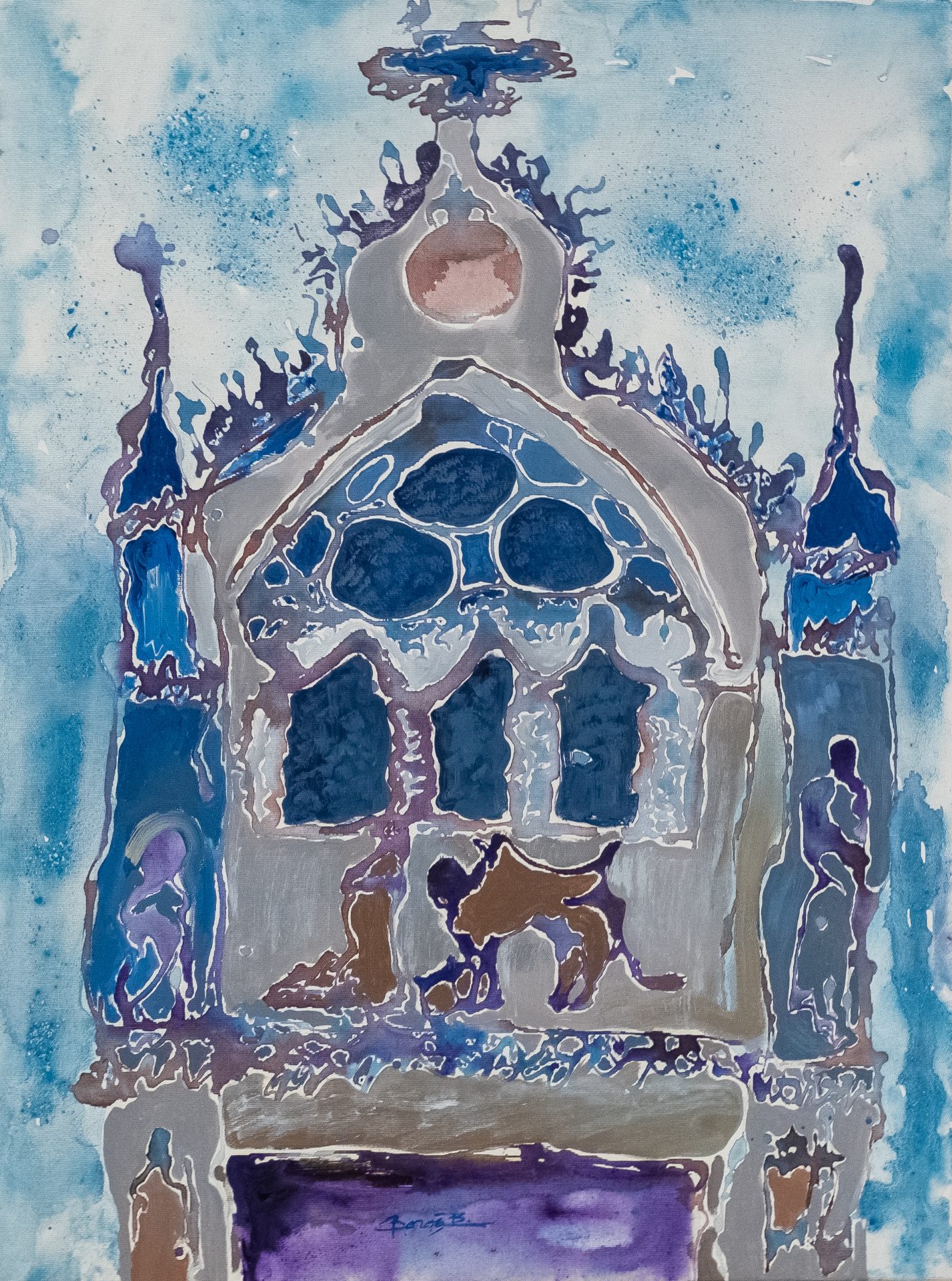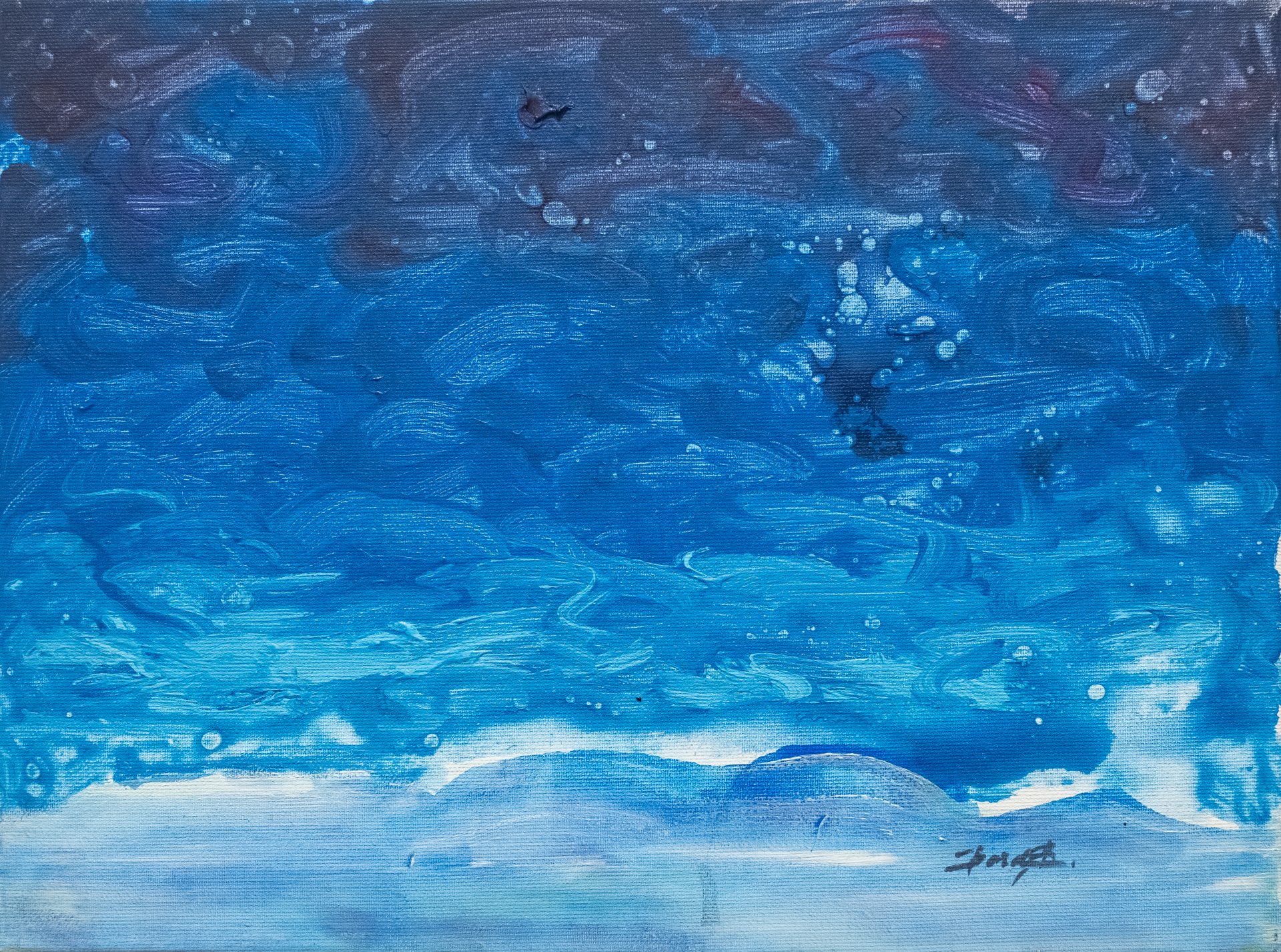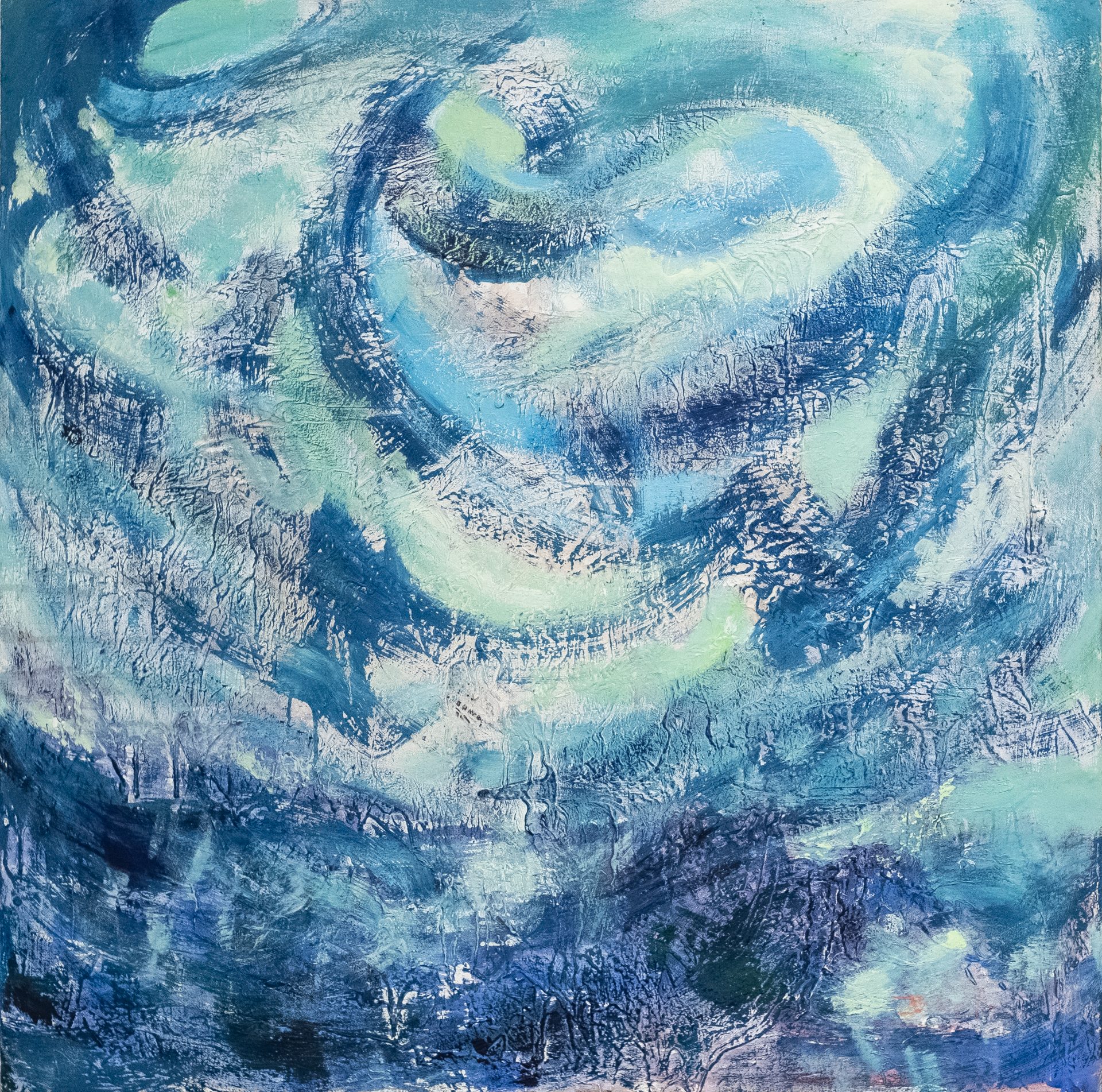-
Select options This product has multiple variants. The options may be chosen on the product page
-
Select options This product has multiple variants. The options may be chosen on the product page
-
Select options This product has multiple variants. The options may be chosen on the product page
-
Select options This product has multiple variants. The options may be chosen on the product page
-
Select options This product has multiple variants. The options may be chosen on the product page
-
Select options This product has multiple variants. The options may be chosen on the product page
-
Select options This product has multiple variants. The options may be chosen on the product page
-
Select options This product has multiple variants. The options may be chosen on the product page
-
Select options This product has multiple variants. The options may be chosen on the product page
-
Select options This product has multiple variants. The options may be chosen on the product page
-
Select options This product has multiple variants. The options may be chosen on the product page
-
Select options This product has multiple variants. The options may be chosen on the product page
Cristian Ungureanu, Vice-Rector, Associate Professor PhD – ’’George Enescu” National University of Arts, Iași, Romania
In the exhibition project ”L’acqua: lo spirito del tempo” (Water, the spirit of time), Bianca Boroş explores the endless expressive and conceptual possibilities of the Republic of Venice, also called la Serenissima, starting from an ancient assumption that is recently reaffirmed in contemporary science. These are the results of an international team of scientists from different fields that highlight the fact that water is a substance whose molecular structure is capable of storing information.
Under this logic, Venice is regarded as a magical place, a huge reservoir of historical information stored in the labyrinth network of channels that cross it. The city has also imprinted its memory in the walls of secular and religious edifices, unmistakable from the perspective of refinement, uniqueness and harmony in which they are located in the architectural ensemble, but also in the aquatic circuit that defines it and keeps it in the same form for so many centuries . The sense that time has frozen is perhaps more present in Venice than in any other place in the world. Drastic laws, issued in the first centuries of the city’s existence, have forbidden the replacement of the stylistic dimension of the original architecture. In all the other capitals of the history of civilizations, epochs are visible in the fullness of the spirit that has generated them, from antiquity to postmodernity. In Venice, time stood in place since the centuries of glory of the Serenissima Repubblica, like an immutable scenography of an endless play. Bianca Boroş’s paintings reflect this strange Venice dimension, placing on the water’s eye the fact that the memory of the city is an unified and unifying phenomenon. In it are stored the memories of the first Venetian tribes that strategically settled on the tongues of land surrounded by the lagoon marshes. In the memory of the water are impregnated the energetic and informational codes of the architects who have built the first palace patterns in the middle of the canals, with constructive technologies, defying the most sophisticated practices of contemporary architecture. Like the reflexes of Venice’s canals, palaces and churches, each unique in its own way, the stories of all the remarkable events that took place here are merged and kept unaltered in the memory of the Venetian canals. The scientific experiments invoked show that the water of the current supply chain feeds and stores all the information, psychological and spiritual emissions of the entire population, along with the toxic residues of the industry. Venice’s multisecular information network, like a vibrating spherical cap that covers the city as a dome, impregnates the waters of its bloodline with the layers that tell the history of literature, painting and sculpture, theater, music, dance and poetry, theology and philosophy, of exorbitant luxury and the refinement of any gesture that time dilates and fluidises to encompass everything in a fascinating insight.
This is the conceptual and symbolic framework in which Bianca Boroş intended to portray Venice. Her works transpose in an eminently poetic vision, images of panoramic views, façades or fragments of famous Venetian palaces, just to catch our attention with the fact that these buildings have gone through time and will continue to do so, without being exhausted by the action his devastating nature. However, these true odes of the lagoon are far from being realistic representations of architecture, but rather their fluid prints, built from information stored in the memory of the waters. The owner of a refined native chromatic sense, which she cultivated during her academic studies and the international training stages, as well as the doctoral thesis she has been elaborating in the last years, along with the constant appetite for experimenting with the most varied and surprising technologies specific to postmodern painting, Bianca Boroş offers an astonishing pictorial show through the depth and elegance of the metaphors she generates. She gives us a brilliant display of her creative possibilities by combining original painting techniques, reminding us that Venice is also the world capital of visual arts with the establishment of the famous Biennial. Still, what touches the viewer’s consciousness in Bianca Boroş’s exhibition is precisely this alchemical relationship between people, architecture, places and deeds, gathered in more than a millennium, generically called the spirit of time, and that here in Venice, more than anywhere, is indissolubly conditioned by the affective memory of the waters.
Maria Bilaşevschi – Ph.D., Art critic
Inspired by the genuine perception of reality, Bianca Boroş proposes through her paintings an embodiment of the idea of inner search, starting from the most illustrious European city, Venice. Both the citadel of desire and longing, of the architectures that deepen their roots in water, and of colorful masks, Venice is caught by the artist in an evocation, sometines of a nostalgic nature, to the extent that each piece of work emerges from a profound personal narration.
Water, as a central and primordial element, is omnipresent. From the painting in which the shapes overlap, like a vortex, but without the figure or the suggestion being finalized for the retina, we are gradually being suggested a marine landscape, designed as the starting point of the images projected on the canvas, extracted from the affective memory. Above this marine landscape background, estranged buildings, immaterial architectures, fragments from the history of the citadel but also of human dwelling, present themselves gradually, singularly, taking on the appearance of the diaphanous structure of water in its substance, mirroring a double reality. Through the lagoons or the suggested portions of the sea, among the rain drops, through the water that flies like a malleable film to unite or descend from the ground, Bianca Boroş suggests fluidity and appeals to the imagination of every viewer. Perhaps that is why, according to her own conceptual baggage, the spectator is not restricted to a single mode of interpretation, so that in the flow of water he or she may surprise for a moment the wings of a bird or the reflection of a cloud.
Shapes captured in seemingly washes of color can be read as spontaneous appearances, unraveling of different experiences, the artist’s accumulations, not only by color, but also by technique. Not surprisingly, the remembrance of space perception and the creation of new routes, subjected to the imagination, is done in a mixed experimental technique of overlapping external elements, foreign to the painting field, over those traditional assimilated throughout her studies. The artist seems to be pursuing, and also succeeds in obtaining surfaces with tactile tensions, elements that currently define Bianca Boroş’s own pictorial manner.
Alongside the water, another element of passage that you see and feel in every work, detectable in the facades of buildings, milled by history, perceived perhaps only by the simple contemplation of the sky, that is in a continuous conversion from one painting to another, is time. The artist evokes it through every structure, it is a time of the universe, but also a time of being, a time that evaporates as you blink, just to recompose itself each time differently. The ephemeral sensation, the fragility, the feminity, accompanies you on the bridges, you feel it in the floating boats, it appears to you in the silhouette of the towers, and yet Bianca Boroş’s time is not that of history, but of subjective perceptions, shredded, as though that a little something of the artist’s spirit remained, through every experience lined on the canvas, in the roots of the trees, of the buildings, or of space.
An exhibition that can be read in the key of the micro-macro report, from the cellular expansions, stretched and intertwined by color, to the wide depressions, as if seen from the height of the clouds, between which the artist’s being, among the made-up edifices carries out her own narrative, according to her own time


